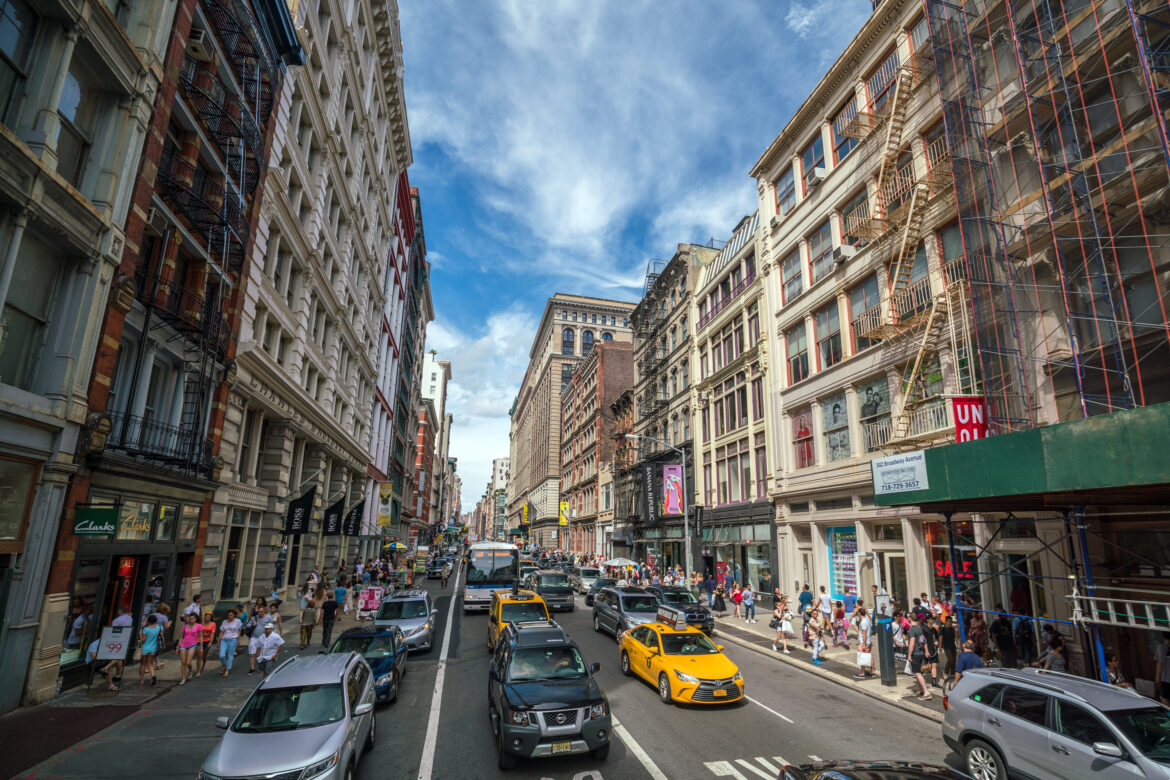Soho is a neighborhood in London, England with a rich history dating back to the medieval era. It was once the home of many wealthy families and merchants, but over time it became known for its bohemian atmosphere and artists’ colony. Today, Soho is a vibrant and eclectic mix of old and new, with traditional pubs rubbing shoulders with trendy bars and restaurants.
The name “Soho” first appears in the written record in 1585, when it was used as the name of a hunting lodge belonging to Edward Russell, 3rd Earl of Bedford. The area now known as Soho Square was previously fields used for grazing sheep (soho meaning “sheep pasture” in Old English). By the 1680s, Soho had become an up-and-coming residential area for London’s upper crust: famous residents included the Duke of Monmouth and future Prime Minister Robert Walpole.
However, it was during the 18th century that Soho really began to come into its own. The area became synonymous with vice and debauchery, thanks to its numerous taverns, brothels, and gambling dens. It also attracted a community of artists and musicians; Handel lived here for a time, while Mozart gave his first public performance in London at one of Soho’s many music halls. In 1791,Beethoven even composed his Symphony No. 1 while staying in lodgings on Brook Street (now home to luxury retailer Liberty).
The 19th century saw more changes come to Soho. The arrival of Jewish immigrants from Eastern Europe led to the creation of London’s first ghetto in Dorset Street; meanwhile, new arrivals from Italy brought with them organized crime and gang warfare (a situation memorialized in Dickens’ Oliver Twist). On a more positive note, this period also saw great advances in medical care: Florence Nightingale founded her nursing school at St Thomas’ Hospital on Lambeth Palace Road (now part of Guys’ campus), while Joseph Lister pioneered antiseptic surgery at nearby University College Hospital.
The 20th century brought further changes to Soho; most notably perhaps was its transformation into London’s Chinatown following World War II. However despite all these changes – or perhaps because of them – Soho has managed to retain its unique character over the centuries; it remains one of London’s most popular tourist destinations and continues to be home to many creative businesses such as advertising agencies, art galleries and designers studios


